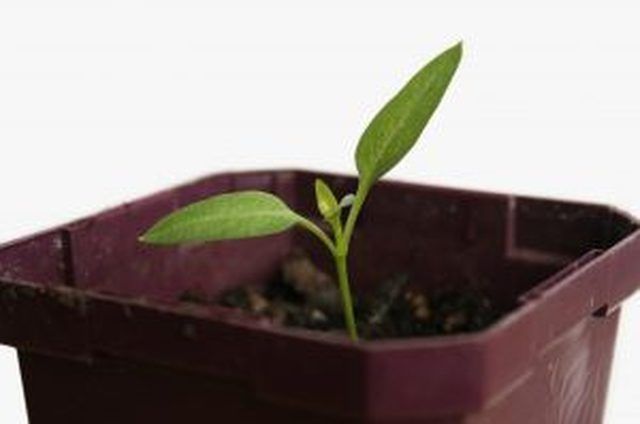Bulbs
Flower Basics
Flower Beds & Specialty Gardens
Flower Garden
Garden Furniture
Garden Gnomes
Garden Seeds
Garden Sheds
Garden Statues
Garden Tools & Supplies
Gardening Basics
Green & Organic
Groundcovers & Vines
Growing Annuals
Growing Basil
Growing Beans
Growing Berries
Growing Blueberries
Growing Cactus
Growing Corn
Growing Cotton
Growing Edibles
Growing Flowers
Growing Garlic
Growing Grapes
Growing Grass
Growing Herbs
Growing Jasmine
Growing Mint
Growing Mushrooms
Orchids
Growing Peanuts
Growing Perennials
Growing Plants
Growing Rosemary
Growing Roses
Growing Strawberries
Growing Sunflowers
Growing Thyme
Growing Tomatoes
Growing Tulips
Growing Vegetables
Herb Basics
Herb Garden
Indoor Growing
Landscaping Basics
Landscaping Patios
Landscaping Plants
Landscaping Shrubs
Landscaping Trees
Landscaping Walks & Pathways
Lawn Basics
Lawn Maintenance
Lawn Mowers
Lawn Ornaments
Lawn Planting
Lawn Tools
Outdoor Growing
Overall Landscape Planning
Pests, Weeds & Problems
Plant Basics
Rock Garden
Rose Garden
Shrubs
Soil
Specialty Gardens
Trees
Vegetable Garden
Yard Maintenance
How to Plant Ponytail Palm Seeds
How to Plant Ponytail Palm Seeds. The ponytail palm is a type of palm tree often used as a houseplant or as a small landscaping tree. It's bulbous trunk and long, straight leaves make a stark, architectural silhouette that many gardeners and plant enthusiasts find appealing. Ponytail palms are widely available at many nurseries. However, mature...

The ponytail palm is a type of palm tree often used as a houseplant or as a small landscaping tree. It's bulbous trunk and long, straight leaves make a stark, architectural silhouette that many gardeners and plant enthusiasts find appealing. Ponytail palms are widely available at many nurseries. However, mature ponytail palms can be expensive.
Things You'll Need
Paper towels
Ponytail palm seeds
Tweezers
Plastic seedling tray
Seedling soil mix
Potting soil
Pots
Lay two layers of paper towels onto a flat surface, such as the inside of a baking pan or on top of a large dinner plate. Sprinkle the ponytail palm seeds onto the paper towels. Spritz with water so that the paper towels are damp but not so wet as to form puddles of water. Layer a single sheet of paper towels on top of the seeds and spritz with water again.
Place in a cool, dry place shielded from wind, heat and sunlight. Example locations could include a bedroom closet or inside a closed cardboard box. Keep the paper towels moist, checking thrice daily to ensure the towels are not drying out. Wait for the seeds to sprout. This may take approximately two weeks.
Prepare a seedling tray while waiting for the ponytail palm seeds to sprout. A plastic seedling tray can be obtained from most garden supply stores or nurseries. Fill with a seedling soil mix, specially designed to be loose and aerated and formulated with added nutrients to promote strong seedling growth.
Remove the ponytail palm seedlings once they have germinated and the seed hulls have fallen off of the seedlings. Use tweezers to carefully remove the seedlings, as baby ponytail palms are fragile. Carefully insert into the seedling trays and cover with the seedling mix so that only the seedling's top leaves are visible.
Place the seedling tray in an area that receives two to three hours of direct sunlight. Too much sunlight can quickly dry out the seedling mix and kill the plants. Water gently, being careful not to wash away the seedling mix to expose the fragile plant.
Wait for the ponytail palm seeds to establish themselves in the seedling tray. Once the seedlings are 2 inches tall, carefully scoop up the seedling and its surrounding soil and place in a pot filled with potting soil. Place the pots in direct sunlight and water twice daily. You may choose to replant the ponytail palms into the ground when they are too large for their pot or continue transplanting them to pots that are progressively larger.
Tips & Warnings
In a pot, the ponytail palm rarely grows over 8 feet while it can reach a height of 30 feet if grown outdoors in the ground.
Ponytail palms can be grown in pots depending on the size of your individual ponytail palm strain. If you choose to grow them in pots, keep them in a sunny area near a window or on your porch or the palms will turn yellow and die.